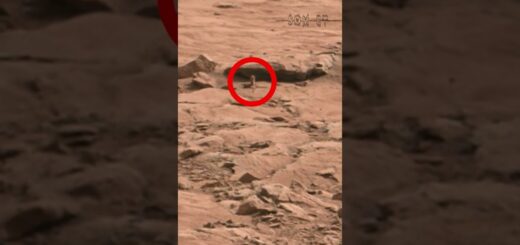How Will We Get to Alpha Centauri?
About 4. 3 light-years from Earth lies ourclosest stellar neighborhood. The Alpha Centauri system consists of threeknown stars. Alpha Centauri A and Alpha Centauri B area binary pair, which meansthey orbit a common center of mass. The third star, Proxima Centauri, is the closestto Earth at about 4. 22 light-years away. In 2016, astronomers detected an Earth-sizedplanet orbiting Proxima Centauri within thestar’s habitable zone – the right distanceto potentially support liquid water on its surface. Which is why eyes are on Alpha Centauri asour first destination once we master interstellar travel. So is this deep space journey possible in our lifetime?And if so, how will we get there?Outer space is bigger than we can comprehendand sending a spacecraft into its depths takes a lot of time. NASA’s Voyager 1 is Earth’s farthest spacecraftto date. It was launched in 1977, and in 2012, it wasthe first craft to enter interstellar space. If Voyager 1 was pointed in the directionof Alpha Centauri, it would still take tensof thousands of years to reach the system. And that’s because its propulsion system isnot ideal for deep space travel. So clearly we need a faster way to get to our stellar neighbors. Some scientists believe that our best attemptat interstellar travel are lightsails. These sails would be made of ultra-thin sheetsthat will be propelledusing light instead of wind. One of the major initiatives researching theirpotential is Breakthrough Starshot. The program, initially backed by late cosmologistStephen Hawking, aims to create a nanocraftcomprised of a lightsail and a gram-scalewafer that hosts a number of instrumentscalled a StarChip. The nanocraft has a mirror-like sail designand is measured at 10 square meters with amass of less than 1 gram. By comparison a penny weighs 2. 5 grams,so these spacecraft will be ultralight. The lightsail will purportedly be acceleratedby laser radiation pressure from Earth atabout 20 percent the speed of light. The planned laser array, called a Light Beamer,will fire beams as powerful as 100 gigawattsof specific wavelengths of near-infrared light. The nanocraft sail would need to reflect ahuge majority of the laser light to avoidinstantly burning up on contact. The idea is to launch thousands of nanocraftat once to increase the chances that at leasta few will conquer the elements and reachAlpha Centauri. If they do make it, it’s estimated, thejourney will only take around 20 years. Though some critics are skeptical about theability to execute Breakthrough Starshot,some of the world’s greatest minds are activelyworking to make it a reality. The project is pushing the boundaries of science,challenging humans to create an entirely newmaterial that meets all the extreme needsof the lightsailsand to design the largest laser ever constructed. But, if engineers and scientists are ableperfect these pint-sized spacecraft and weachieve interstellar travel, humanity willbe rewarded with an entirely new understandingof the alien worlds beyond our own. If you’re looking to learn more about space exploration and astronomical phenomenabe sure to watch this episode of Space Crafts. And don’t forget to subscribe to Seeker for all things science. Thanks for watching!













